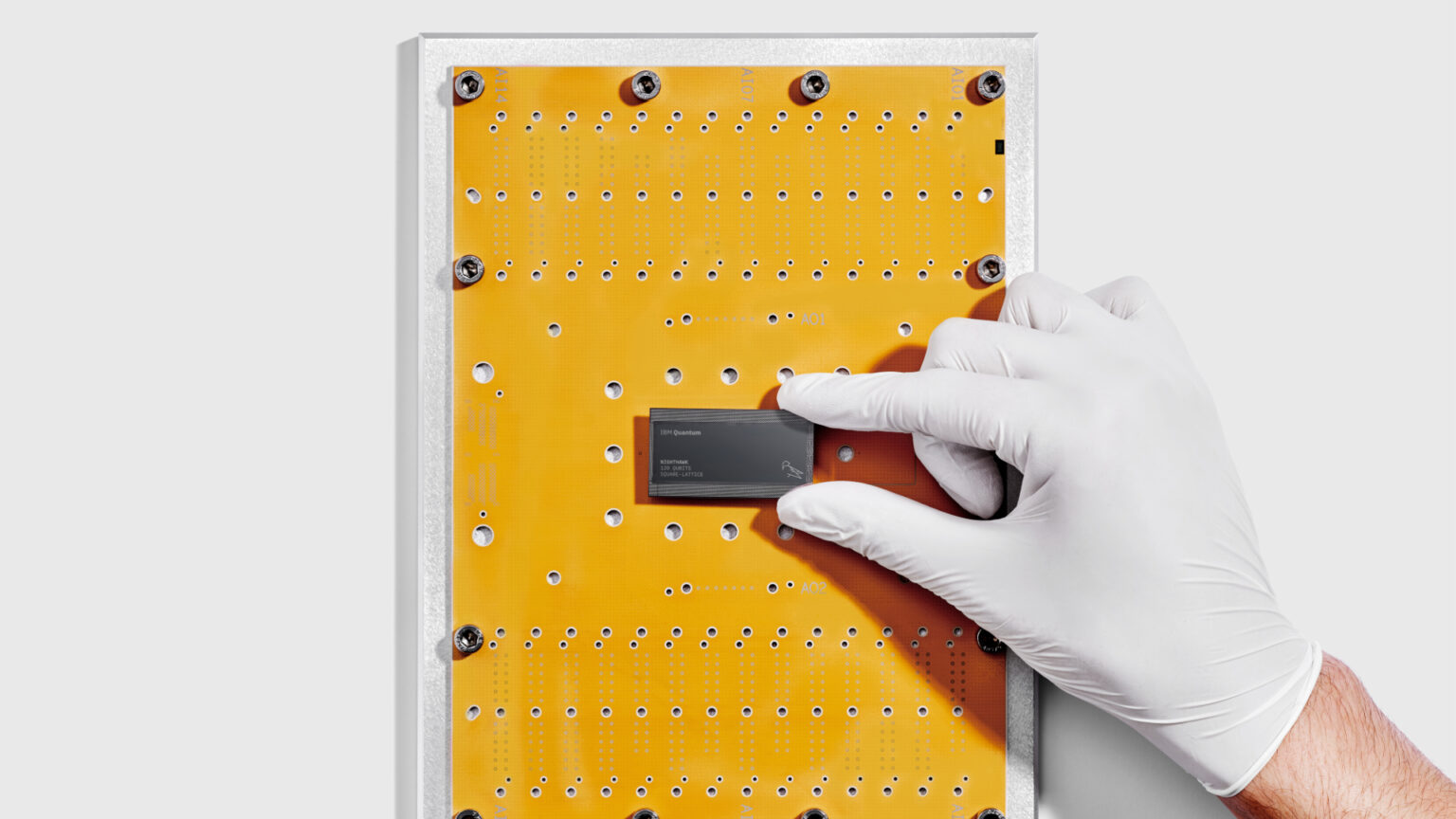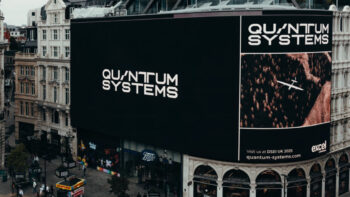IBM has stepped up its efforts in the race to build a usable quantum computer with the unveiling of its new Quantum Nighthawk processor. The goal is clearly defined and strategically differentiated from the competition: the company wants to achieve a ‘measurable quantum advantage’ (Quantum Advantage) by the end of 2026. As opposed to purely theoretical ‘supremacy’, quantum advantage refers to the point at which quantum systems solve real scientific or business problems faster and more efficiently than the most powerful classical supercomputers.
Featuring 120 qubits and 218 connectors, Nighthawk is an evolution of the previous generation Heron, which prioritised quality over quantity. IBM stresses that the improved architecture allows it to run circuits 30% more complex while maintaining a consistently low error rate. It is this rate, rather than the sheer number of qubits, that remains the biggest engineering challenge. Cubits are extremely sensitive to noise (decoherence) and errors that add up during computation render the results useless. Nighthawk is expected to be available to users by the end of 2025.
The key to achieving this ambitious roadmap – which calls for, among other things, 15,000 two-bit gates by 2028 – is scaling production. IBM has moved quantum processor manufacturing to a 300mm wafer fabrication facility at the Albany NanoTech Complex. This move, taken directly from the mature semiconductor industry, has already doubled the speed of development and increased the physical complexity of the chips tenfold, according to the company.
In parallel, the company is working on the foundations of the future. The experimental Quantum Loon processor demonstrates the components necessary for fault-tolerant quantum computing, a goal for 2029. A breakthrough in error correction has also been reported, with a new decoding method operating ten times faster than existing methods, a year ahead of the original plan.
To give credibility to its progress and set a market standard, IBM is launching an open, community-based Quantum Advantage Tracker with partners such as Algorithmiq. The initiative aims to transparently monitor and verify new demonstrations of the real-world benefits of quantum technology.












